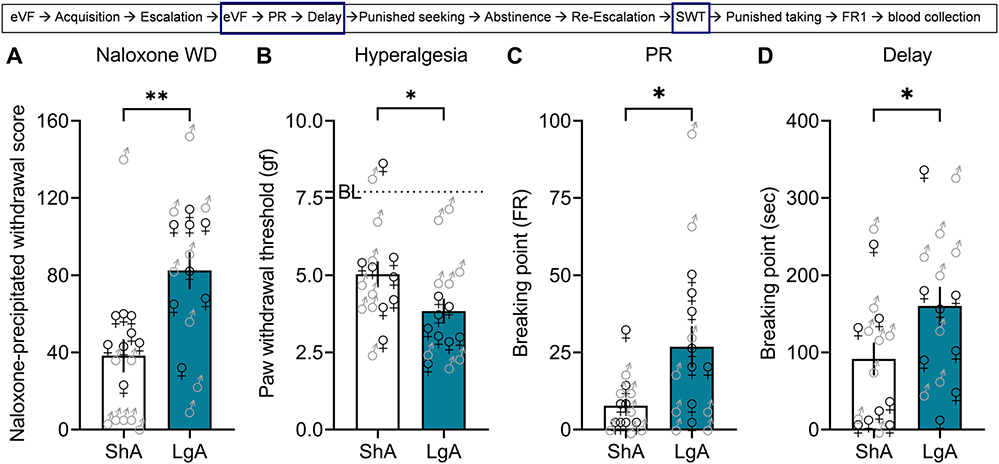Fig. 3. Naloxone-induced signs of withdrawal, hyperalgesia during spontaneous withdrawal, and motivation for fentanyl.
After escalation, male and female C57BL/6J mice were tested in a battery of tests to assess somatic and motivational signs of withdrawal. (A) Naloxone-precipitated withdrawal. Immediately after fentanyl vapor self-administration session 10, all mice received naloxone (1 mg/kg, IP) and were observed for 20 min for signs of withdrawal. The data are expressed as the mean ± SEM and were analyzed using unpaired Student t-test. **p < 0.01, compared with ShA. (B) Mechanical hyperalgesia. Between 36 to 40 h after a self-administration session (i.e., during spontaneous withdrawal), the mice were tested for mechanical hyperalgesia using an electronic von Frey device. The data are expressed as the mean ± SEM and were analyzed using unpaired Student t-test. *p < 0.05, compared with ShA. The dotted line represents the average baseline measure (i.e., before fentanyl exposure) for all mice; both groups developed hyperalgesia compared with the baseline (BL) measure. (C) Progressive ratio test (motivation or”effort”). After escalation, all mice were tested in a progressive-ratio task, in which the number of lever presses that were required for the next fentanyl delivery increased by 6. The data are expressed as the mean ± SEM and were analyzed using unpaired Student’s t-test. *p < 0.05, compared with ShA. (D) Time delay task (motivation). After escalation, all mice were tested in the delayed-reward task, in which the time between lever presses and vapor delivery increased by 6 s. The data are expressed as the mean ± SEM and were analyzed using unpaired Student’s t-test. *p < 0.05, compared with ShA (n = 8/sex/group).

